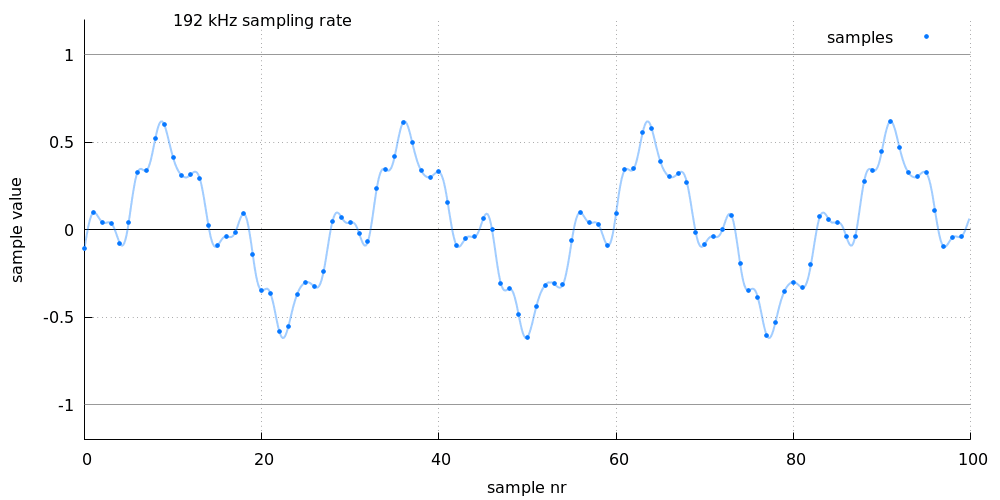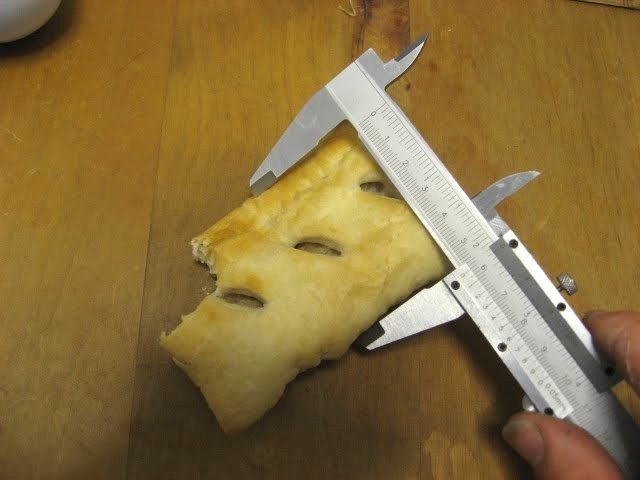No, it doesn’t, you just made that up. Even at 768kHz you can’t get a “proper” square wave, however, no one creates square waves at 768kHz anyway, plus a “proper” square wave cannot exist in the analogue domain or the acoustic domain and even if they could, your ears could not respond to them anyway!
No you can’t, that’s also complete BS you just made-up! By definition a linear-phase filter reproduces an “
exact response in timing” “
on a given bandwidth”, that’s the whole point of a linear-phase filter in the first place! And how don’t you get exact freq response “on a given bandwidth” with a standard filter at 16/44.1? Reliable evidence please, not just more BS you made-up!
That is hilarious; you state “
false” and that you need a “
sample rate beyond 48kHz” but then you post a graph demonstrating what you call “
more complex noise shaping” that occurs between 5kHz-10kHz which of course is well within the frequency spectrum covered with a sample rate of just 44.1kHz, thereby disproving your own assertion. That’s brilliant, you’re a genius! lol
Cherry picking out of context to support a biased narrative is NOT “referencing” and is pretty much the opposite of science, it’s pure BS!
Yes, I get what your point is, but it’s BS, in fact it’s the exact opposite of the actual facts. You don’t seem to have even a basic understanding of what noise shaping even is!
1. The whole point of noise shaping is for use when reducing bit depth, NOT when increasing resolution (hi-res). “Complex” noise shaping was introduced in the mid 1990’s to reduce the bit depth of 20bit recordings down to the 16bit/44.1kHz of CD and by the end of the 1990’s was standard procedure. Prior to that it was used in SD converters when reducing bit depth to 1bit.
2. The use of noise shaping does NOT “
gain more SNR”, it has NO effect on the recording’s SNR.
3. Noise shaping actually adds more noise than standard TDPF dither, as your own posted graph demonstrates. The point is that it redistributes that dither noise but it’s ONLY acting on the dither noise, not on the SNR of whatever recording you’re reproducing!
Although I’m pretty sure you have zero interest in what noise shaping actually is, for anyone else interested this paper is a good resource: “
Psychoacoustically Optimal Noise Shaping” - Wanamaker JAES 1992. The original theorem on the subject in 1989 appears to be behind a paywall.
What do you mean “
we”, speak for yourself! The “narrative” is dictated by the science, NOT the other way around, that’s what science is, that is why science was invented, that is what we’re taught as children in school and that is what we can look up in encyclopaedias. Although my “we” seemingly does not include you! What you’re doing, cherry picking to support your own narrative, is the opposite of science, what we’re doing is picking references that support science’s “narrative”, not our own. How could you get this so backwards?
Huh, how does this and your other examples of potential perceptual error demonstrate you’re not suffering from perceptual error? It’s like saying: “Here’s an example that demonstrates the Earth might be a sphere, therefore the Earth is flat”. How does that make any sense to you?
Oh dear lord! Firstly, that is not a square wave, it’s an “eye pattern”. Secondly, it is a data signal, an “eye pattern” in the MegaHertz range, that has nothing to do with a “proper square wave” audio signal. How is it even possible that you don’t know the difference between a data signal and the audio represented by the data but argue about it in a science discussion forum anyway? And lastly, you do NOT “
now have an anecdotal correlation of a poorly measuring square wave to poor sound quality” there was anecdotal evidence of poor sound quality but not of a correlation with the “eye pattern” (which is not a square wave anyway), you’ve just made that up yourself, so you don’t even have any anecdotal evidence and that’s regardless of the fact that anecdotal evidence is not reliable/valid evidence in the first place! How many levels of wrong is it possible to be in just one sentence?
It’s just all unbelievably ridiculous and then you argue it in a science discussion forum, it’s … it’s … there’s not even a word for it, what is way beyond “unbelievably ridiculous”, “FUBAR” doesn’t even do it justice?!
G

























